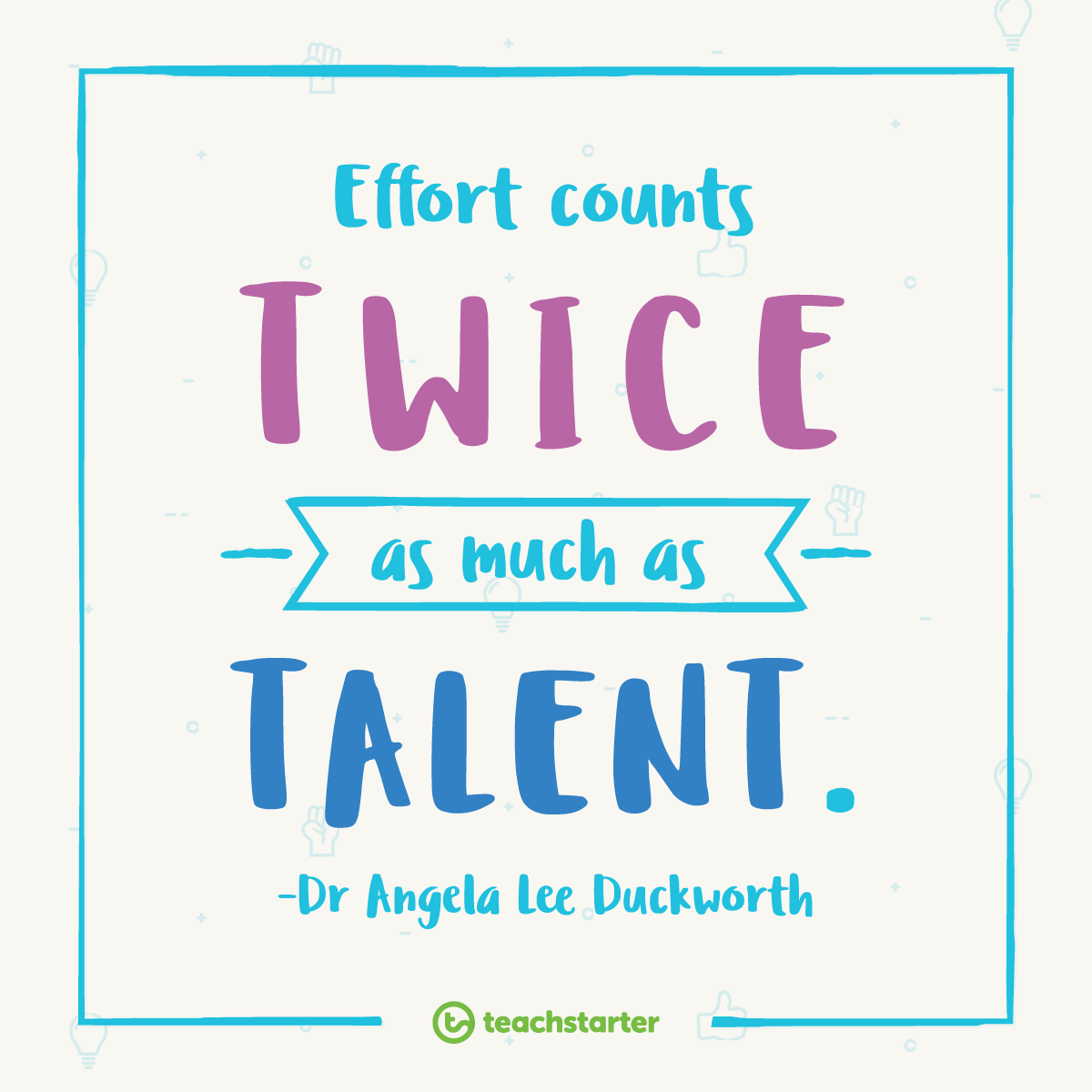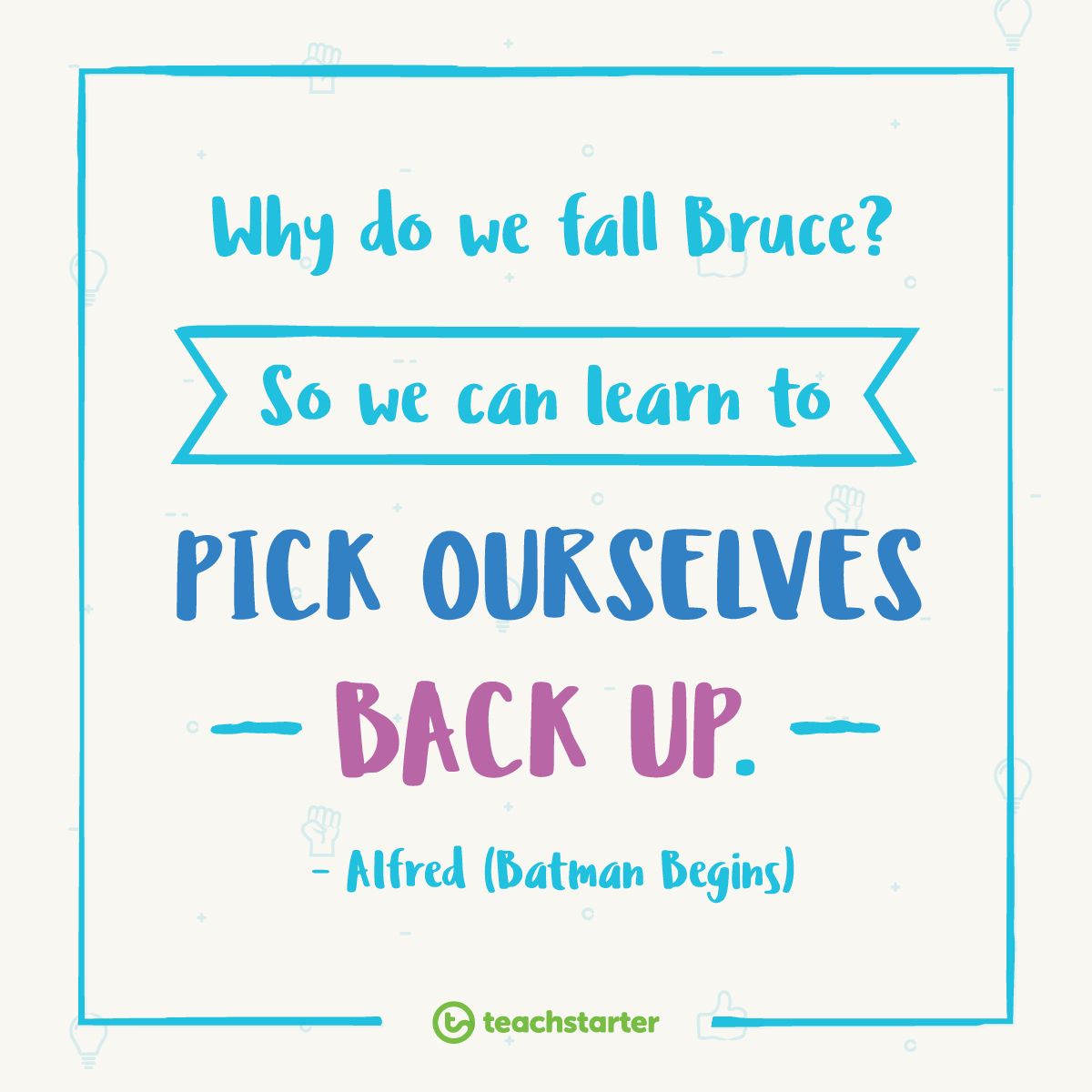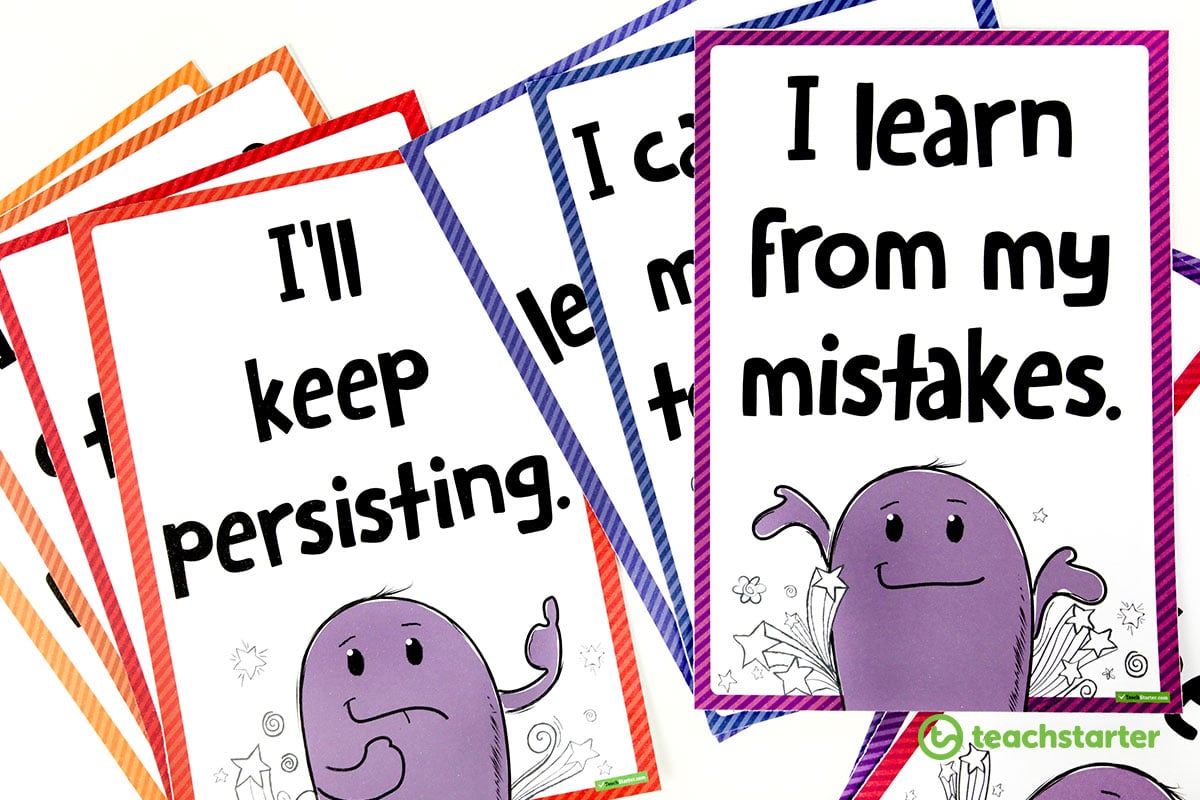Is Grit Just Another Education Fad?
I remember sitting, nervously, in apanel interview for my very first teaching position. The Principal at the time asked me, towards the end of the interview, “So tell me, what are the current education fads going around at the moment?”
I stared blanklyat him wondering what on earth he meant. After an in-depth conversion about all the different ‘education fads’ that had been and gone before my teaching time, I finally understood!
I have since learned that, yes, education fads come and go. However, I believe they become fads for a reason. As lifelong learners, we should learn and grow from them, give them a try and decide ourselves if it is something that is going to assist us in our teaching journey.
So let me introduce grit to you…
Grit is not a new term. This is news to me, I only found out about it a few months ago on social media when I started watching a video of Professor Angela Lee Duckworth introducing her new term ‘grit’ and what it meant back in October 2009.
Professor Duckworth defined it as the ability to stick with things over a very long term until you master them.
What’s the Difference Between Grit and Resilience?
I can hear teachers around the world saying to themselves… how is grit different from resilience? Or what about having a ‘positive growth mindset’?
To some extent, I believe they are intertwined. Resilienceis the ability to get back up and dust yourself off when you have failed or have made a mistake.
Having ‘true grit’ is more of a long-term trait, it is the ability to take risks, power through challenging tasks and understand how to navigate frustration without giving up! It’s sticking with one big goal for the long term. I believe a person that has developed a positive growth mindset can also have true grit! My opinion only, and I’m not a professor of this topic!

How to Foster Grit in the Classroom?
These terms will come and go, however, as teachers, we have the power to change the way students think about making mistakes. Encouraging a ‘don’t give up’ attitude and helping your students navigate the different thoughts in their mind when they fail, is a trulyamazing, life-changing skill. And, we have the ability to help students develop this skill, how lucky are we?
I’ve put together some of my most favourite ways to foster grit, build resilience and encourage a positive growth mindset in your classroom.
1. Growth Mindset Videos for the Classroom
There are a number of gorgeous videos on YouTube that are suitable for children to watch and encourage them to start thinking about the way they think and help them to learn how to deal with failure.
This first video really explains the importance of having a positive growth mindset in a simple, kid-friendly way!
This is a really cute animation that would be suited to the younger age groups and will encourage a lot of discussion about working towards a goal.
Although the goal may seem impossible at the time, you might surprise yourself, if you keep persisting and try lots of different strategies, you will reach achievable goals!
I like the idea of showing true stories of famous people who failed time and time again.This video highlights a list of successful famous people who failed in their first attempt but never gave up.
You might even like to use some of these famous people on a display board in your classroom as a constant reminder to your students.
2. Story Books for Growth Mindset
Another way to start a conversation with your students about never giving up and making the most of their mistakes is using storybooks.
Here a couple of my go-to books:

“Your Fantastic Elastic Brain” by JoAnn Deak – A fantastic storybook that explains the science behind their brains and how they work in kid-friendly language!
“Beautiful Oops” by Barney Saltzberg – This is just a gorgeous book to read to your students when talking about mistakes and learning that they are okay! On each page of the book, there is an “oops” that turns into something beautiful!
“Thanks for the Feedback, I think” by Julia Cook – This book explains how students can respond to both positive and negative feedback.
3. Provide Timely, Specific and Constructive Feedback
Find ongoing opportunities to provide your students with constructive feedback and time to reflect upon their learning. A crucial part of the journey to becoming more resilient and more ‘gritty’ is to learn to accept feedback and learn from it!
When providingfeedbackwith the goal of improvingstudentlearning andperformance, the feedback needs to be timely,specificand constructive.
When you can, link the feedback to setlearning and behaviour goals.
Use our Feedback Labels in your classroom. I would have a stack of them printed, cut out and ready to stick in books! Store them somewhere on your desk where you won’t forget to use them!
3. Use Growth Mindset Affirmations
Replace those negative thoughts that your students may think when they experience frustration or failure with positive messages!
We have just created this gorgeous set of Grit Bunting for the classroom. I would say this is more suited to the older age groups.
Available to download in colour or in black and white for students to colour in!
For the younger age groups, we have this set of 10 Positive Growth Mindset posters for the classroom. The cute little purple character is featured on each of the posters which each feature positive affirmations younger students will understand.
[resource:656658][resource:48316][resource:47229][resource:48152]
Encourage positivity in your classroom with these gorgeous free positivity posters:
[resource:656564][resource:645333][resource:523264][resource:553898]
4. Daily Reminders
Rome wasn’t built in a day… Grit won’t happen in a lesson!
This isn’t a topic that you teach once at the beginning of the year and tick it off the list. It is an ongoing way of thinking that you need to keep reminding, encouraging and discussing with your students.
Use a variety of videos, stories, even real classroom stories about students who have shown ‘real grit’ or dusted themselves off and tried again after they have failed.
You may even like to use our Growth Mindset Brag Tags to celebrate success! Celebrating success with the class is crucial.












Comments